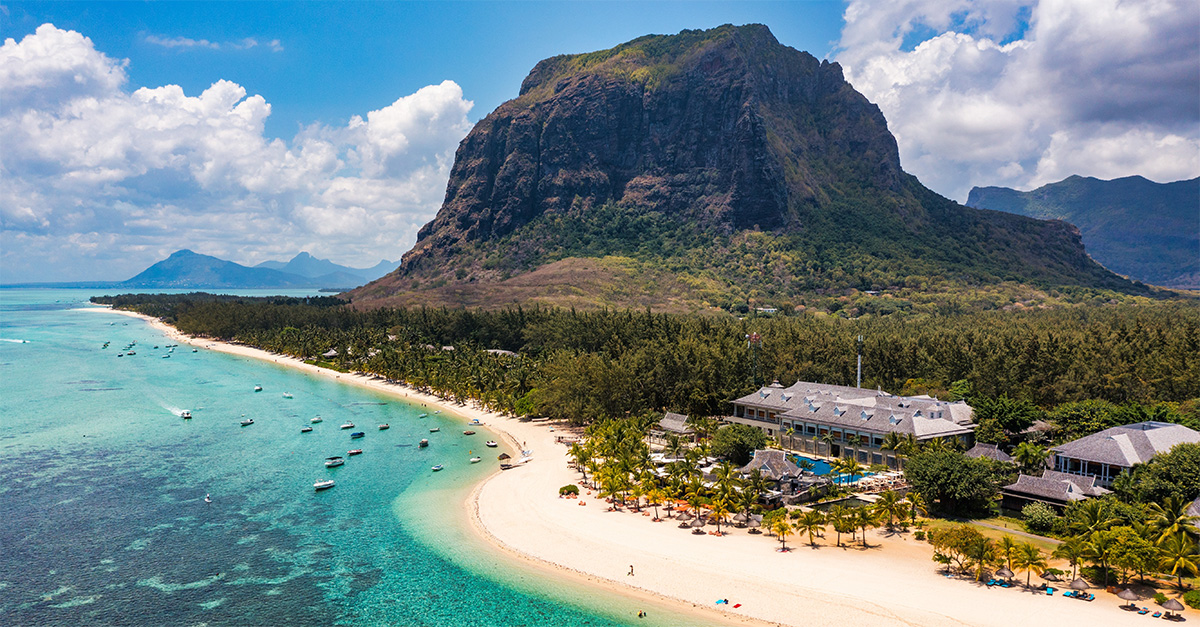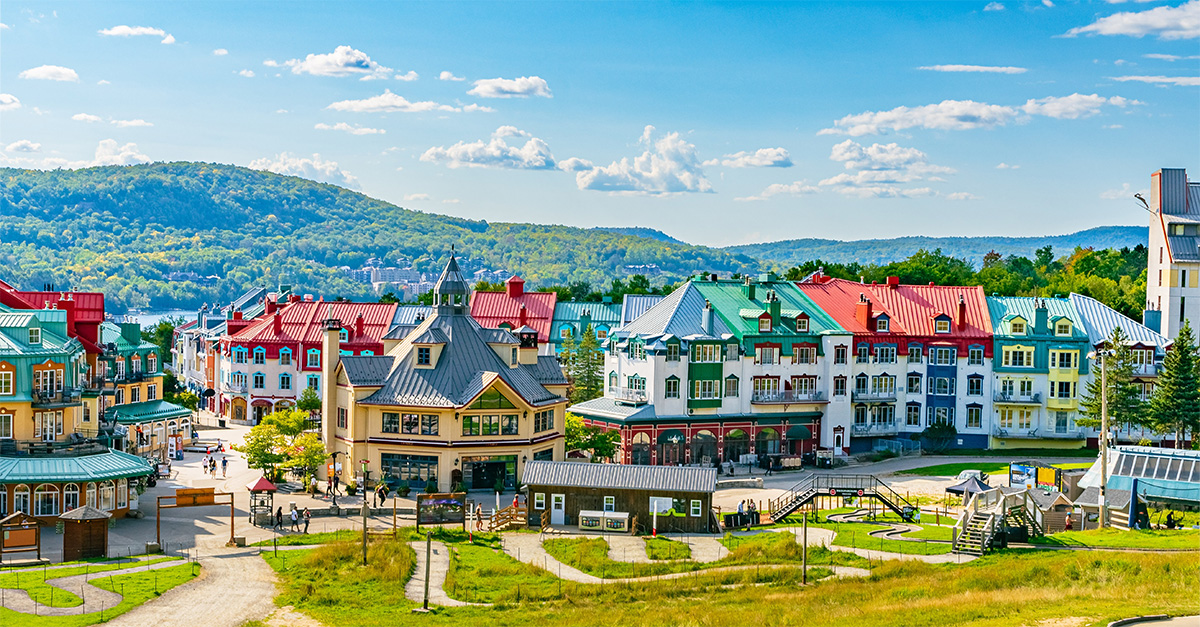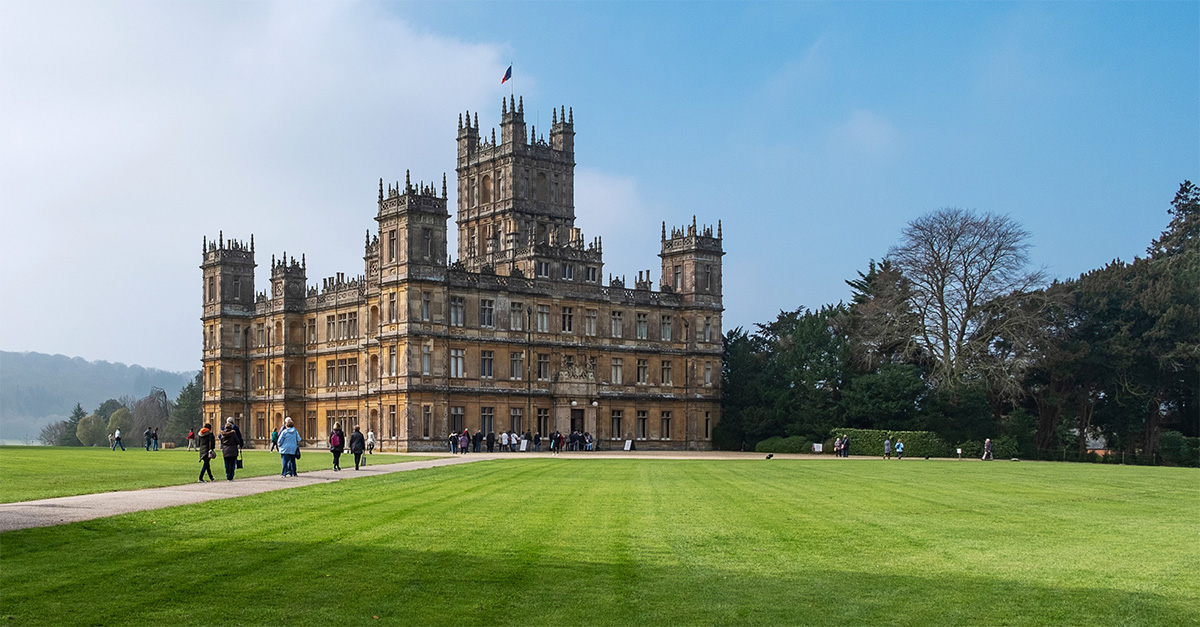Say hello to Franconia, Germany’s rebellious region, writes Tamara Hinson.
It’s a Monday night, but that hasn’t lightened the load for our waitress, who’s dispatching huge steins of ale to the thirsty masses. The setting is Nuremberg’s Biergarten KulturGarten, an enormous city-centre beer garden in the shadow of the immaculately preserved city walls. I’m here for a performance by the NC Brown Blues Band. The musicians – all nine of them – are locals. Jazz is huge in this city: head to one of Nuremberg’s many leafy beer gardens and you’re more likely to come across a blues band than a dirndl-wearing alpenhorn player.
But given Franconia’s history, this is hardly surprising.
Going it alone
When asked by a local if it’s my first time in the region, I tell him I’m familiar with other bits of Bavaria, but not this particular part. His stern response – “You’re in Franconia, not Bavaria” – sums up this region’s independent streak. Franconia is a Wales-sized chunk of southern Germany. Although in geographical terms it’s part of Bavaria, residents consider themselves Franconians rather than Bavarians. This stems back to 1803, when Napoleon dissolved the German Empire’s territorial structures and Franconia, previously independent, became part of Bavaria.
Perhaps Napoleon should have thought twice before messing with this part of the world. The French general may well have rewritten the map, but today Franconians retain their own dialect and traditions.
This toughness is a common theme. Nuremberg, Franconia’s largest city, took a beating during the Second World War (one historian told me 93% was destroyed; Dresden apparently came in at 92%). Not that I’d have known. After the war, the city was painstakingly rebuilt, using old maps and drawings as guides. The attention to detail was so precise that old mines were reopened so buildings could be rebuilt using the same stone as the originals.
Today, cobbled streets wind past neat rows of gabled houses and under sections of the ancient city wall, which is one of the best preserved in Europe. But it’s also a place that has always been one step ahead. The Adler, for example, was the first rail locomotive used to transport passengers in Germany. Its first journey departed from Nuremberg in 1835, and the city became the birthplace of German rail.
Nuremberg’s status as an industrial and creative hub originates in the 14th century, when authorities imposed regulations that meant the region’s finest craftsmen couldn’t take their skills elsewhere.
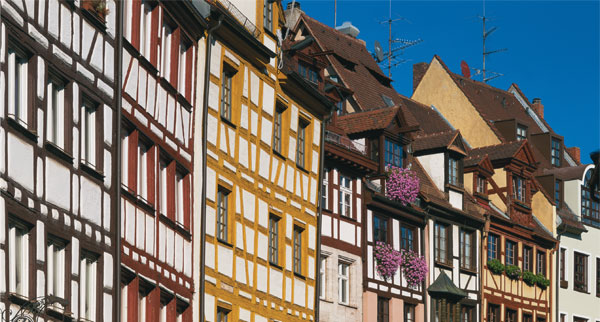
Bottoms up
Although Nuremberg may feel less traditional than other Bavarian cities, beer is still king here. In the 14th century, the 30,000 residents had 40 breweries to choose from. Regulations stated that each brewery should have its own cellar for storage and fermentation, and luckily, the soft sandstone was easy to excavate. And cellar space was certainly in demand.
Poor water quality meant that until the 17th century beer was the drink of choice, consumed even by children. The water improved but the love of beer remained, as did the cellars. Decades later, beer came to the rescue again. In Nuremberg, the extensive network of cellars doubled as bomb shelters, and are the reason other German cities suffered a higher loss of life during the Second World War.
Priceless treasures from all over the region were also stored here. On a tour of the chilly tunnels, I listen to a recording of Goebbels’ speech at the Nuremberg Rally in 1933 and marvel at the black-and-white images depicting enormous statues and stained-glass panels crammed into the tunnels. The items pictured were stored exactly where the photos now stand, and it’s amazing to see these huge treasures stashed in the narrow passageways. Equally shocking are the photos showing entire neighbourhoods before and after the war.
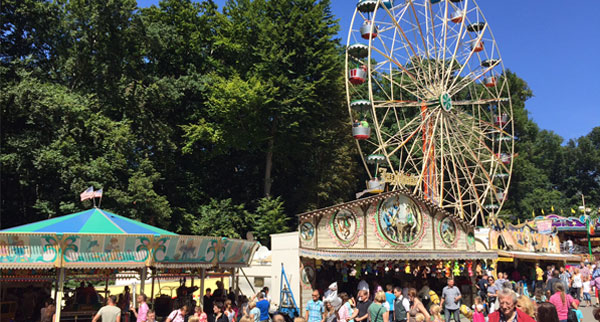
Northern delights
All too often, visitors to this area stop in Nuremberg, or head south to areas like Füssen and the castle-lined Romantic Road. I head north, deeper into Franconia. A 20-minute train journey takes me to Bamberg, a medieval town and Unesco World Heritage Site.
Notable buildings include the beautiful Bamberger Dom – this towering cathedral dates back to 1004 – and the Neue Residenz, a 17th-century palace with an enormous rose garden high above the city. Bamberg is a place rich in history but it also feels vibrant and young, perhaps due to the presence of one of Bavaria’s biggest universities.
The Levi Strauss Museum, with its denim-blue gables and shutters, is in the nearby village of Buttenheim. The denim tycoon lived in this building until he emigrated to America aged 18. The museum’s jeans-obsessed director, Dr Tanja Roppelt, works closely with Levi’s HQ in San Francisco, and the museum’s collection includes original patents and a pair of jeans signed by Angela Merkel.
Fancy a brew?
Franconians are quick to point out that some of Germany’s best wines are produced in this region. Würzburg, its second-largest city, has an annual wine festival and Lower Franconia’s vineyards attract thousands of tourists every year. This sits alongside its strong current of beer-loving locals: with the highest density of breweries in Europe, beer is taken very seriously – one brewer I meet has a shrine in his brewing room.
Keen to work off the steins I sank in Nuremberg, I embark on the 20-mile Brewery Trail on the outskirts of Forchheim, a town 23 miles from Nuremberg. The trail, a footpath that winds through a rural area known as Franconian Tuscany, attracts thousands of thirsty hikers every year.
And sure enough, the rolling hills and thick forests resemble the landscape surrounding Florence. There are 13 breweries on this clearly marked route. Getting lost is highly unlikely, no matter how much local produce you’ve sampled – the signposts show a foamy beer stein. Other hikers greet me with the words “Grüß Gott”, which translates as “God Greet”. It’s a throwback to the 19th century, when it was a traditional greeting used by local Catholic priests. It’s rarely used outside Franconia, and I’m told that when this greeting is extended to Germans from the mainly Protestant north, it’s often responded to with a sarcastic “Wenn ich ihn sehe” (if I see him).
Forchheim is another spectacular medieval town, but in late July most visitors aren’t here to admire the half-timbered houses and beautiful town square. The population of 30,000 swells to 600,000 during Annafest, an annual 11-day beer festival. It’s held on the outskirts of the town in a huge forested area known as the Kellerwald.
During the event the pathways are lined with music stages and beer stalls, although some of the bars are permanent. A barman leads me out of the sun into the chilly tunnels used for centuries to store beer. The men who carved this particular cellar also carved the completion date into the rough stone: 1604.
I head back outside, where I’m handed a beer. Annafest patrons can sample beer from 17 breweries and it comes in one-litre stoneware steins. My host tells me placing a stein on its side is a sign that I require another drink. When the steins have a hinged lid, the same message can be conveyed by leaving the lid open. It’s a tradition I’ve never come across, but then again, the same could be said about a lot of my Franconian discoveries. And that’s precisely what makes this region so special.
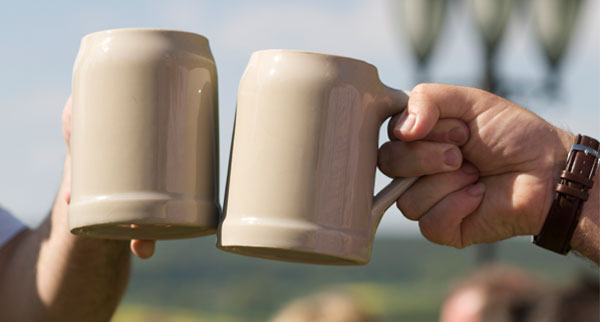
Top Tip
Ryanair has lead-in fares from Stansted to Nuremberg from £20 each way
ryanair.com
Where to stay
Hotel drei Raben, Nuremberg
The 22 rooms at this city-centre boutique hotel are themed, but in a good way, with mine boasting an antique globe and a huge map mural on the wall. Personalised touches abound: I found a friendly welcome message written on a chalkboard and returned from dinner to find sheep-shaped sweets on my pillow.
Book it: Doubles from £135 per night.
hoteldreiraben.de
Hotel & Brauereigasthof Drei Kronen, Memmelsdorf
Head to this rural brewery and 28-room hotel for the gorgeous beer garden and individually designed rooms. It’s next to a beautiful church and, fittingly, one of the most popular tours offered by the brewery is the beer pilgrimage, during which you’ll learn how to pair beer with food.
Book it: Doubles from £75 per night.
drei-kronen.de
Luisenhof, Geisfeld
This six-room hotel is in the picturesque village of Geisfeld. It’s owned by husband and wife Roland and Stefanie Niebuhr and has clearly been a labour of love. Rooms are light and airy, with huge windows, hand-painted walls and original light fittings. There’s also plenty of tech, and the large bathrooms are gorgeous.
Book it: Doubles from £76 per night.
luisenhof.bayern


